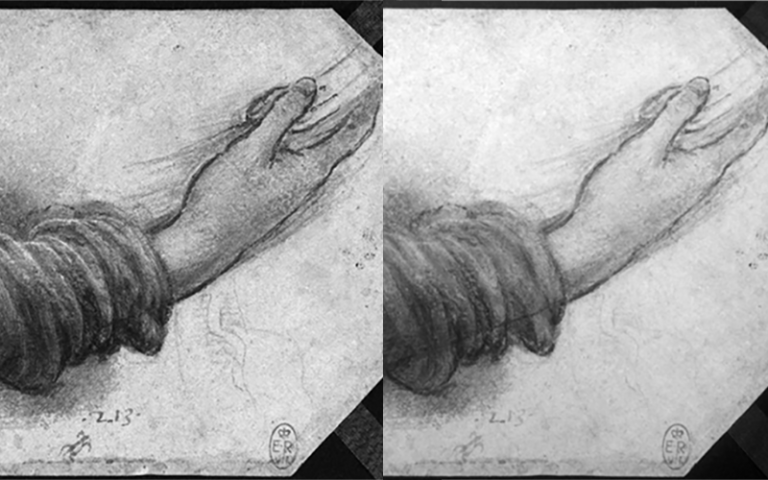UCL ISH Guest Lecture: Using medical imaging to study artworks, books and manuscripts
30 October 2019, 5:45 pm–7:45 pm

This event is free.
Event Information
Open to
- All
Availability
- Yes
Cost
- Free
Organiser
-
UCL Institute for Sustainable Heritage
Location
-
Room 225, Central HouseCentral House14 Upper Woburn PlaceLondonWC1H 0NN
About the lecture
Medical imaging has saved countless lives and transformed our understanding of disease and well-being. Imaging of art, manuscripts and documents, by comparison, is relatively underdeveloped. But some questions about how artists created their artworks, how they have changed over time and how we can best conserve and restore them can only be answered by imaging.
In this talk, we ask whether we can apply well-known medical imaging techniques to imaging well-loved works of art. Some of these heritage applications are relatively well known such as X-ray computed tomography of ancient Egyptian mummies that means we now understand more about traditional burial practices. Sophisticated photography under controlled lighting has been used to reveal hidden and lost texts, and has shown underdrawings in works of art. In this lecture we will examine some medical imaging techniques and show how they can be used, developed and adapted in order to uncover the inner workings of the world’s oldest computer, the construction of a 500 year-old pop-up book, the very earliest printing processes and painting techniques used by renaissance artists such as Leonardo de Vinci.
The talk + Q&A will start at 5.45pm and be followed by a networking reception from 6.45pm.
For access information, please click here.
Please be aware that this talk will be filmed, if you have any queries about this at all please contact bseer-communications@ucl.ac.uk.
About the speaker
Adam Gibson’s background is in medical physics, where he was responsible for the first electrical impedance tomography images of brain activity and the first diffuse optical tomography images of neonatal brain activity. He has increasingly applied his imaging expertise to heritage and over the summer joined the Institute of Sustainable Heritage where he aims to develop the scientific underpinning beneath heritage imaging, and work with other researchers in heritage to develop practical heritage imaging applications.
 Close
Close

